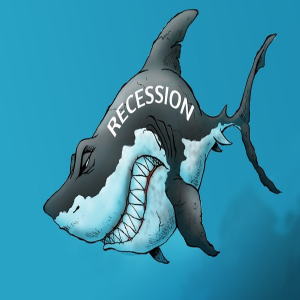Taking the Kids: Unraveling a 150-year-old mystery
The confluence here of bones -- including articulated fossils, which means they are still connected as they were in life -- the trackways, giant footprints of several species, and rare fossils of ancient ferns, gingkos and cycads -- there were no flowers then -- is what makes the find so exciting. Earlier paleontologists and dinosaur hunters simply discarded fossilized plants, so it is rare to find them at a dig, explained Dr. Victoria Egerton, scientist in residence at The Children's Museum and a research fellow at the University of Manchester. She specializes in paleobotany.
The site also has fossils of many other animals and marine life that were creatures of the Sundance Sea, including Ichthyoaurs, which were like today's dolphins. Kids will love seeing the big curved "devil's toenails (Gryphae) that are ancient oysters and the bullet-like fossils, a type of belemnite, an extinct squid-like creature.
Work has been going on for the past three summers but this is the first time this international team has been brought together and the site expanded with 30 scientists, graduate students and volunteers working, each group bringing different expertise and perspectives.
The site originally was discovered by the rancher who first permitted private dinosaur hunters to dig. The Children's Museum found out about the find soon after "through the paleontology grapevine," Prof. Manning said, and was able to secure a 20-year lease from the rancher.
Twenty years, said Dr. Egerton, may not even be enough time to excavate all that is here.
Nearly 600 specimens weighing more than six tons have already been collected over the past two years and some are already being shown to museum visitors in Indianapolis, including a five-foot, 1-inch femur of a brachiosaurus that weighed about 28 tons. The lab where the specimens are prepared -- and where visitors can watch them work -- is being tripled. Finds from the site will form the basis for major expansion of the Dinosphere exhibit at the Children's Museum and will also be exhibited at the partner museums.
The work is painstakingly slow, with the scientists using their hands and small brushes to uncover the bones. For transport, they are carefully covered in plaster "jackets," each with a specific number that will be entered into a computer -- a dinosaur's Social Security number, one team member joked, with details on everything from who found the bone and where to who created the jacket and who opens that jacket in the lab.
The small red flags everywhere designate where we can't walk because bones there haven't yet been excavated.
"This is the tip of a dinosaur-sized iceberg," Dr. Manning said. "It's daunting."
========
(For more Taking the Kids, visit www.takingthekids.com and also follow "taking the kids" on www.twitter.com, Facebook and Instagram where Eileen Ogintz welcomes your questions and comments.)
(c) 2019 DISTRIBUTED BY TRIBUNE MEDIA SERVICES, INC.






